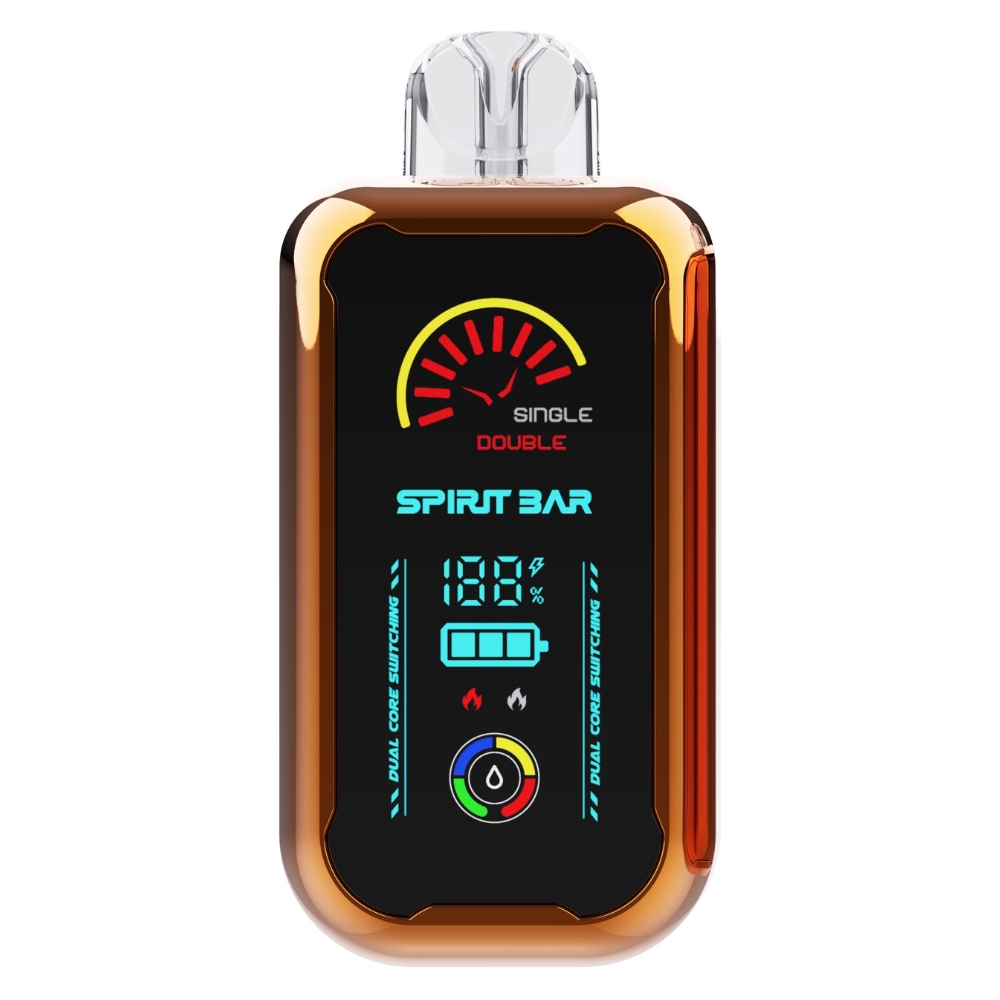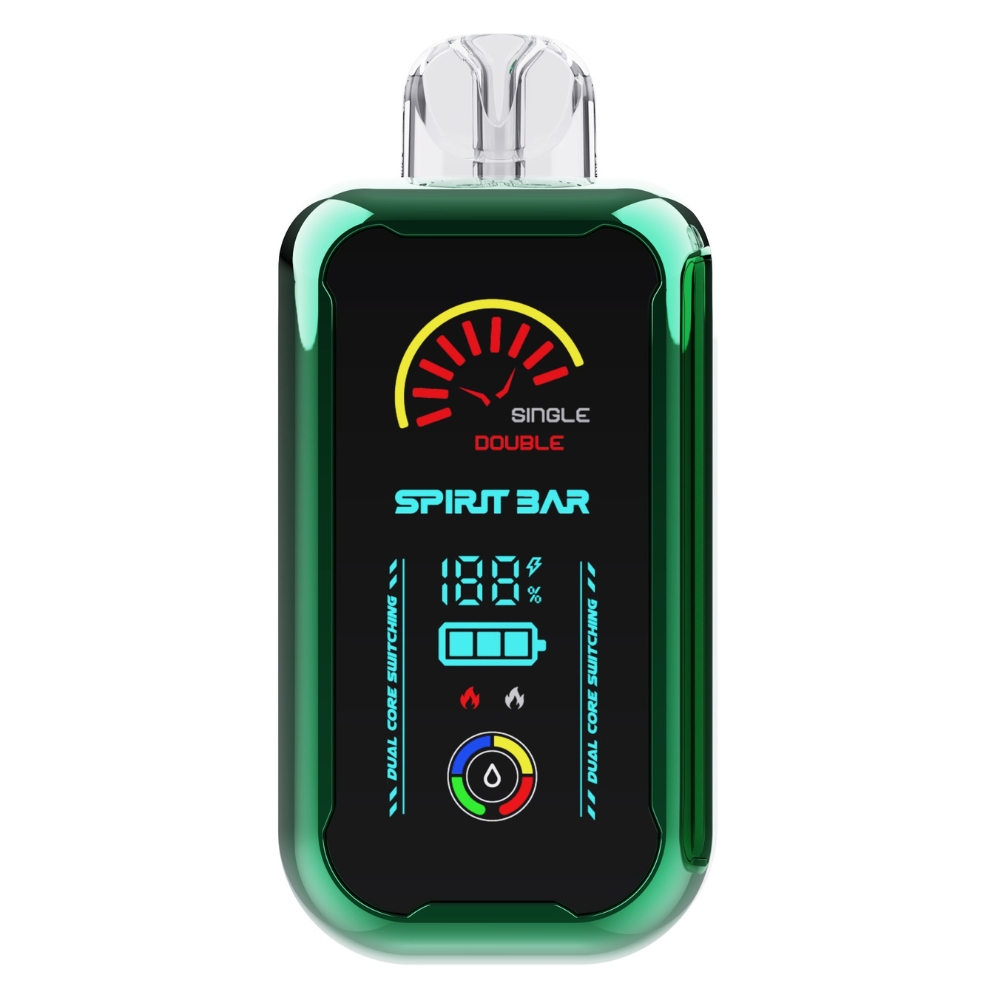Does Vaping Damage Your Walls? Find Out Here!
If you’re a vaper, you may have wondered if vaping can ruin the paint on your walls. The short answer is yes, vaping can potentially cause damage to your walls, especially if you do it frequently indoors. The residue from e-juice can leave unsightly stains on your walls, and nicotine staining is a common issue that many vapers face.
The chemicals and residue left behind by vaping can build up over time and cause damage to your walls. This is why it’s important to clean up any vaping residue immediately and keep your vaping area away from walls. Additionally, using a fan or air purifier can help to clear the air and reduce the risk of staining. If you do notice staining, you may need to repaint the affected area with a flat or matte finish that can be damaged by heavy cleaning.
Understanding Vaping and Its Components
https://www.youtube.com/watch?v=TYjKDf0C1LM&embed=true
If you’re a vaper, you’re probably familiar with the components of e-juice. E-juice typically contains a few key ingredients, including:
- Propylene glycol (PG)
- Vegetable glycerin (VG)
- Flavorings
- Nicotine (optional)
PG and VG are the base ingredients in e-juice. They create the vapor that you inhale when you vape. PG is thinner and produces less vapor, while VG is thicker and produces more vapor.
Flavorings are added to e-juice to give it a specific taste. There are countless flavors available, from fruity to dessert-inspired.
Nicotine is an optional ingredient in e-juice. Some vapers choose to use e-juice with nicotine, while others prefer to use nicotine-free e-juice.
It’s important to note that e-juice does not contain tar or carbon monoxide, which are present in traditional cigarettes. This is why vaping is considered to be a safer alternative to smoking.
Now that you understand the components of e-juice, let’s talk about how vaping can potentially affect the paint on your walls.
The Impact of Vaping on Indoor Air Quality
If you are a vaper, you may have wondered if vaping indoors could ruin the paint on your walls. While vaping is generally considered safer than smoking, it can still have an impact on indoor air quality.
According to a study published in the journal Indoor Air, vaping can release harmful chemicals into the air, including formaldehyde, acrolein, and acetaldehyde. These chemicals can not only be harmful to your health but can also affect the quality of the air in your home.
One of the biggest concerns with vaping indoors is that it can leave stains on your walls. The aerosol from vaping can settle on surfaces and leave behind a sticky residue that can be difficult to clean. This residue can also attract dust and other particles, making it even harder to remove.
To avoid staining your walls, it’s important to clean your home regularly if you vape indoors. Use a mild cleaning solution and a soft cloth to wipe down surfaces, paying special attention to areas where you vape the most. You may also want to consider using an air purifier to help remove any harmful chemicals from the air.
In conclusion, while vaping may not be as harmful as smoking, it can still have an impact on indoor air quality and the appearance of your home. By taking steps to clean your home regularly and using an air purifier, you can minimize the impact of vaping on your indoor environment.
Chemical Composition of Vape Smoke
When you vape, the e-liquid in your device is heated up and turned into vapor. This vapor is then inhaled and exhaled, creating the clouds of smoke that you see. But what exactly is in this vape smoke, and could it be damaging the paint on your walls?
The main components of vape smoke are vegetable glycerin (VG), propylene glycol (PG), and flavorings. Neither VG nor PG have any known staining properties, so they are unlikely to be the cause of any discoloration on your walls.
However, some flavorings used in e-liquids can contain dyes or other additives that could potentially stain surfaces. Additionally, if you are using a device that produces a lot of vapor, this vapor can settle on surfaces and create a sticky residue over time.
It’s also worth noting that some e-liquids contain nicotine, which can have a yellowing effect on surfaces over time. This is similar to the way that cigarette smoke can discolor walls and other surfaces.
Overall, while the chemical composition of vape smoke is generally not harmful to paint on walls, there are some factors that could potentially cause staining or discoloration over time. If you are concerned about this, it’s a good idea to take steps to minimize the amount of vapor that settles on surfaces, such as using a device with lower vapor production or vaping in a well-ventilated area.
Paint and Its Vulnerability to Chemicals
Paint is a common material used to decorate and protect walls from damage. However, paint is vulnerable to various chemicals that can affect its durability and appearance. In this section, we will explore the composition of paint and how vape smoke affects it.
Understanding Paint Composition
Paint is composed of several elements that work together to create a durable and aesthetically pleasing finish. The primary components of paint include:
- Pigments: These are finely ground particles that provide color and opacity to the paint.
- Binders: These hold the pigments together and adhere them to the surface being painted.
- Solvents: These are used to thin the paint and help it spread easily.
- Additives: These are used to enhance the performance of the paint, such as improving its durability or preventing mildew growth.
The composition of paint can vary depending on the type and purpose of the paint. For example, some paints are formulated to resist moisture or UV rays, while others are designed for high-traffic areas.
How Vape Smoke Affects Paint
Vape smoke contains various chemicals that can affect the appearance and durability of paint. The most significant chemicals in vape smoke that can affect paint include:
- Nicotine: This is a highly addictive chemical that can cause discoloration and staining on walls and other surfaces.
- Propylene Glycol (PG): This is a common ingredient in vape juice that can attract dust and dirt, leading to a buildup on walls and surfaces.
- Vegetable Glycerin (VG): This is another common ingredient in vape juice that can leave a sticky residue on walls and surfaces.
Over time, the accumulation of these chemicals can cause paint to discolor, stain, or even peel off. Additionally, vape smoke can attract dust and dirt, which can diminish air quality and leave an odor on walls and other surfaces.
To prevent damage to your walls from vape smoke, it is recommended to avoid vaping indoors or near walls. If you must vape indoors, make sure to ventilate the room and clean the walls regularly to prevent the buildup of chemicals and dust.
Studies on Vaping and Its Effect on Walls
If you’re a vaper, you might have wondered whether vaping indoors can ruin the paint on your walls. There have been a few studies on the topic, and the results are mixed.
According to a Vaping Advisor article, e-cig vapor can cling to all surfaces, particularly porous ones like carpet and curtains. Matte-finish paint is notoriously prone to staining and has a lot of nooks and crannies where oily residue or dirt can hide. This can lead to discoloration and staining on walls over time.
Another article from Electronic Cigarette Source suggests that vaping can cause damage to walls, furniture, and other surfaces. The article notes that e-cigarette vapor contains chemicals that can leave a residue on surfaces, which can cause discoloration and deterioration over time.
However, a Clean Air Hacks article notes that while vape smoke can leave pesky stains on your walls and around your home, it’s not the only culprit behind stubborn discolorations. The article suggests that other factors, such as cooking, smoking, and even sunlight can also cause discoloration and staining on walls.
Overall, while there is some evidence to suggest that vaping can cause damage to walls over time, it’s not the only factor to consider. If you’re concerned about the effect of vaping on your walls, it’s a good idea to take steps to minimize exposure to e-cig vapor and keep your home well-ventilated.
Preventive Measures to Protect Paint from Vape Smoke
https://www.youtube.com/watch?v=gkjRxJQzNvQ&embed=true
If you’re a vaper and you’re concerned about the effects of vape smoke on your walls, there are some things you can do to prevent staining and discoloration. Here are a few preventive measures to protect paint from vape smoke:
1. Vape in a well-ventilated area
One of the easiest ways to prevent vape smoke from staining your walls is to vape in a well-ventilated area. This can help to reduce the amount of residual vapor that accumulates on your walls and other surfaces. If you’re vaping indoors, make sure to open a window or turn on a fan to help keep the air moving.
2. Clean your walls regularly
Another way to prevent staining and discoloration is to clean your walls regularly. This can help to remove any residual vapor that may have accumulated on your walls. You can use a mixture of warm water and mild soap to clean your walls, or you can use a specialized cleaner designed to remove vape smoke stains.
3. Avoid vaping near walls
If possible, try to avoid vaping near walls. This can help to prevent vapor from accumulating on your walls and other surfaces. Instead, try to vape in an open area away from walls and other surfaces.
4. Use a vape hood
If you’re concerned about the effects of vape smoke on your walls, you may want to consider using a vape hood. A vape hood is a specialized device that is designed to capture and remove vape smoke from the air. This can help to prevent vapor from accumulating on your walls and other surfaces.
5. Choose your e-liquids carefully
Some e-liquids are more likely to cause staining and discoloration than others. If you’re concerned about the effects of vape smoke on your walls, you may want to choose your e-liquids carefully. Avoid e-liquids that are known to cause staining or discoloration, and opt for clear or light-colored e-liquids instead.
By following these preventive measures, you can help to protect your walls from the effects of vape smoke.
Cleaning and Restoration of Smoke-Damaged Paint
If you’re a vaper, you may have noticed that the walls in your home have become discolored over time. This is because the chemicals in e-cigarette vapor can leave residue on walls, causing them to yellow or turn brown. Fortunately, there are steps you can take to restore your walls to their former glory.
The first step in restoring smoke-damaged paint is to clean the walls thoroughly. You can use a mixture of warm water and mild soap to remove any residue that may be on the walls. Be sure to use a soft cloth or sponge to avoid damaging the paint.
If the smoke damage is severe, you may need to use a stronger cleaning solution. You can try using a mixture of white vinegar and warm water, or a commercial cleaning product designed for smoke damage. Be sure to follow the manufacturer’s instructions carefully.
Once the walls are clean, you may notice that the paint has been damaged. If this is the case, you will need to touch up the paint. You can use a paintbrush or roller to apply a fresh coat of paint to the affected areas. Be sure to match the color of the existing paint as closely as possible.
If the damage is more extensive, you may need to repaint the entire wall. Before doing so, you should prime the walls to ensure that the new paint adheres properly. You can use a primer specifically designed for smoke damage, or a general-purpose primer.
In conclusion, if you’re a vaper, it’s important to be aware of the potential for smoke damage to your walls. However, with proper cleaning and restoration techniques, you can keep your walls looking great for years to come.


